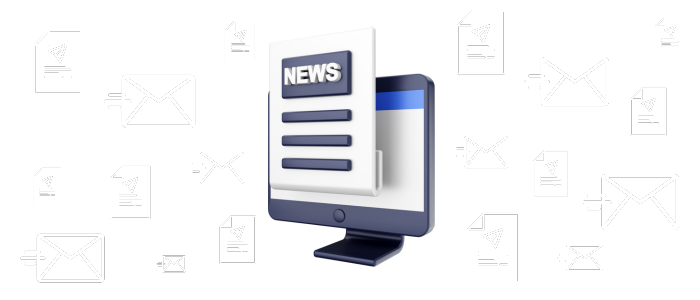
Press release: Swiss DAM expertise strengthened with Sharedien as partner
brix IT Solutions expands its Digital Asset Management portfolio with a partner in Switzerland. Welcome Sharedien to the brix Partner Community.
Moreby Veronika Altenbach
As technology advances, companies are evaluating new systems. Existing system landscapes are analyzed, scrutinized, optimized and even replaced here and there.
In the process, the single source of truth is of particular importance. There should only ever be one leading system for each type of content.
A Digital Asset Management (DAM) system and a Document Management System (DMS) support you on the way to more consistency and productivity. But what are the differences?
The DMS is a solution for managing your documents such as forms, offers, invoices, contracts, business reports, correspondence, etc. The entire lifecycle of a document can be mapped in a DMS – from its creation to the finished document. In particular, the traceable audit trails, which show who has accessed a document and what changes have been made, is one of the features to be emphasized.
Central storage in one system (single source of truth), fast retrieval, clear versioning (including reactivation of older versions), simple sharing and collaborative editing of content are further core strengths of a DMS.
A DMS is based on a hierarchical structure tree, known from other file systems.
Well-known examples of DMSs include Sharepoint, Adobe Document Cloud, Docuware, and solutions from Kyocera or Xerox.
The DAM system is also about storing content centrally, finding it quickly, and always having the right content available in the right place at the right time (content hub). However, the focus is on the brand experience in order to increase brand loyalty with a consistent brand experience.
Unlike the DMS, however, a DAM system is not based on a hierarchical structure tree. DAM focuses on context and is based on flexible, meaningful and often multilingual tag structures. The content is mostly image, audio and video files. These are enriched with metadata (information fields including references to the tag structures) and thus become valuable assets. The organization via keywords instead of folders has the advantage that content is always found in the overall context with its relationships and enables user-friendly filtering of search results.
Another big plus for a DAM system is the comprehensive rendering capabilities. Companies often have many different channels and need carriers to serve, each with very different requirements (omnichannel marketing). The manual adjustment of content per need is one of the biggest time-consumers in marketing, in graphics departments and agencies. This is where a DAM can make things much easier. Different output formats, sizes and orientations can be easily configured and made available to the right people and systems.
With the right roles, user profiles and associated permissions, you precisely control which assets are displayed to whom and over what period of time.
Well-known examples of DAM systems include CELUM, Sharedien, Bynder, Canto and Picturepark.
Both systems are capable of increasing consistency and productivity. They act as a single source of truth and avoid confusing content silos.
If you work mainly with documents such as offers, forms, contracts, etc., a document management system is recommended.
If the focus is on audiovisual media and the orchestration of brand-relevant communication materials to support a unique brand experience, we clearly recommend a DAM system.
Modern DAM systems also support you in document management and with plug-ins for Adobe Creative Cloud and Microsoft Office.
We are available at any time for a non-binding consultation


brix IT Solutions expands its Digital Asset Management portfolio with a partner in Switzerland. Welcome Sharedien to the brix Partner Community.
More
We are pleased to welcome Clariant as a new customer after an intensive evaluation phase.
More about the evaluation phase can be found in the news article.
Increased efficiency and quality assurance through a dedicated DAM system as a central data hub and source at Switzerland Tourism.
More